Published in the Sunday Mumbai Samachar on 14 July, 2024
Have you watched our most recent video series? It’s called Travel Explore Celebrate Life. We release a new episode every Tuesday on YouTube, Spotify, Apple Podcasts and JioSaavn. This last week, I had the opportunity to sit down with my co-founder and Veena World’s Chief Product Office Sunila and discuss Leh Ladakh! Check out the full episode on YouTube by scanning the QR code below:
And now, let’s get on with today’s episode. What is one of nature’s most breathtaking spectacles? In my opinion, it is the Great Migration of Africa. A dramatic and awe-inspiring journey that sees over 1.5 million wildebeest, 200,000 zebras, and countless gazelles travel through the vast plains of the Serengeti in Tanzania and the Maasai Mara in Kenya. Each year, this epic migration captivates the hearts of travellers and wildlife enthusiasts from around the globe, drawing them into a world where survival is a daily battle and the raw beauty of nature is on full display. Imagine standing amidst the thundering hooves, feeling the ground tremble beneath your feet as the herd moves relentlessly in search of greener pastures. This is not just a trip; it’s an adventure of a lifetime.
What is the Great Migration?
The Great Migration is the world’s most extensive and dynamic overland migration, a cyclical event that plays a crucial role in the ecosystem of East Africa. At its heart are the wildebeest, accompanied by zebras and gazelles, driven by ancient instincts to follow the rains and the growth of new grass. This continuous journey is not just a testament to the resilience and endurance of these animals but also a vital process that supports the health and diversity of the savanna ecosystem. As the herds move, they fertilize the soil, stimulate plant growth, and provide a food source for predators, maintaining the balance of this intricate environment.
The Journey: A Year in the Life of Migrating Herds
So let’s spend some time discussion the great migration and how it actually never ever ends.
January to March: Calving Season in Serengeti In the early months of the year, the southern Serengeti becomes a nursery, as nearly half a million wildebeest calves are born within a span of a few weeks. This season of plenty, with lush grass and abundant water, offers a brief respite for the herd. However, the presence of vulnerable young attracts predators like lions, cheetahs, and hyenas, creating a dramatic and often harrowing spectacle.
April to June: Movement Towards the Grumeti River As the rains dwindle and the grass begins to dry, the herds start their journey northward towards the Grumeti River. This phase is marked by long, arduous treks, during which the animals face numerous challenges, including dwindling water supplies and the ever-present threat of predators. The Grumeti River, with its life-sustaining waters, becomes a crucial waypoint in their journey.
July to September: Crossing the Mara River One of the most iconic and perilous moments of the Great Migration occurs as the herds reach the Mara River. The sight of thousands of animals plunging into the river, battling strong currents and the lurking danger of Nile crocodiles, is both thrilling and heart-wrenching. Many do not make it, but those that do continue their journey into the lush plains of the Maasai Mara, where they find temporary refuge and ample grazing.
October to December: Return to the Serengeti As the short rains begin, the herds start their southward trek back to the Serengeti, completing the cycle. The journey is fraught with its own set of challenges, but it is also a time of renewal, as the plains are rejuvenated by the rains, and the promise of new life awaits in the coming calving season.
Best Ways to Experience the Great Migration
Experiencing the Great Migration is a dream come true for many Veena World travellers, and there are various ways to witness this extraordinary event. Guided safari tours, led by experienced rangers and naturalists, offer a comprehensive and educational experience. For those seeking independence, self-drive safaris provide the flexibility to explore at your own pace. Luxury safari camps and lodges offer unparalleled comfort and proximity to the action, often situated in prime viewing spots within the Serengeti and Maasai Mara.
As our Veena World destination team will tell you, timing your visit is crucial. To witness the calving season, plan your trip between January and March in the southern Serengeti. The dramatic river crossings typically occur between July and September, with the Mara River in Kenya’s Maasai Mara being a focal point. Regardless of when you visit, the sheer scale and beauty of the migration promise an unforgettable experience.
Beyond the wildlife, the regions of the Serengeti and Maasai Mara are rich in cultural heritage. Interacting with the Maasai, one of East Africa’s most iconic tribes, offers a unique glimpse into their traditional way of life. Visitors can participate in cultural tours, visit Maasai villages, and learn about their customs, dances, and crafts. These interactions not only enrich the travel experience but also provide economic support to local communities.
All in all, the Great Migration is more than just a natural phenomenon; it’s a profound journey that highlights the resilience and interconnectedness of life on Earth. Witnessing this spectacle leaves a lasting impression, a reminder of the beauty and fragility of our natural world. As you stand on the plains of the Serengeti or the hills of the Maasai Mara, you can’t help but feel a sense of wonder and respect for the creatures undertaking this epic journey. Are you ready to witness the wild wonder of the Great Migration and be part of nature’s greatest show? I would love to know what you think of the Great Migration, so do write to me at neil@veenaworld.com Until next time, keep Celebrating Life!






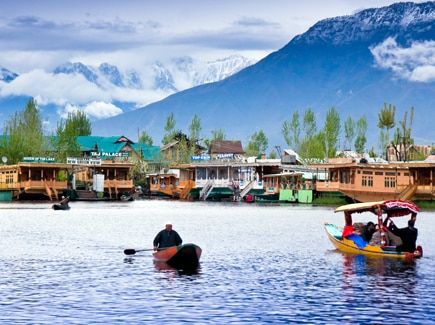
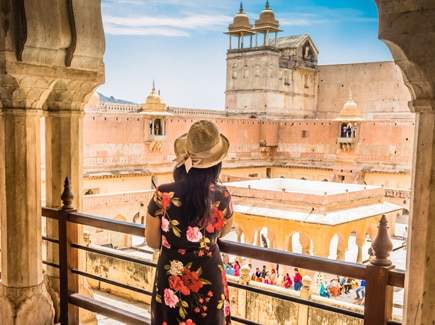
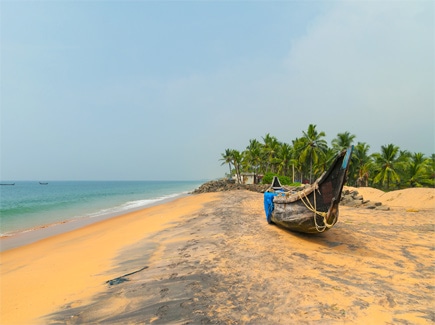
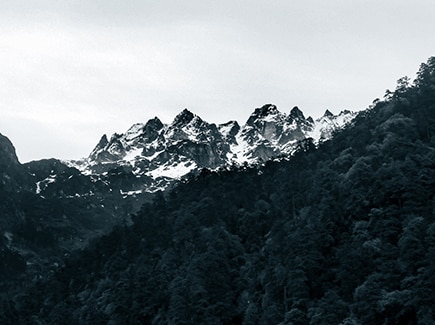
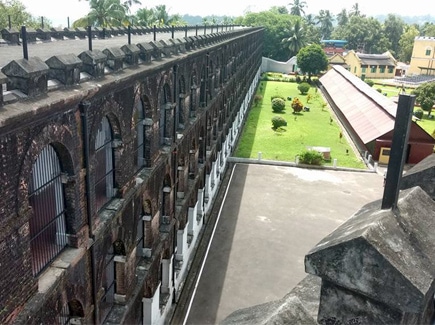
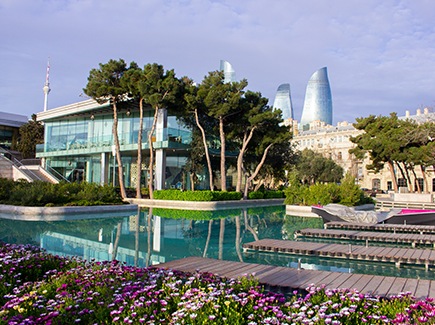
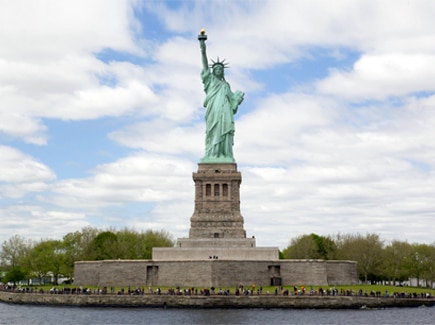

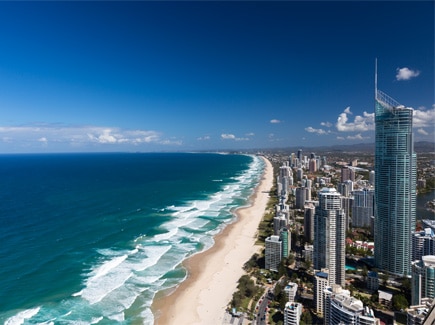
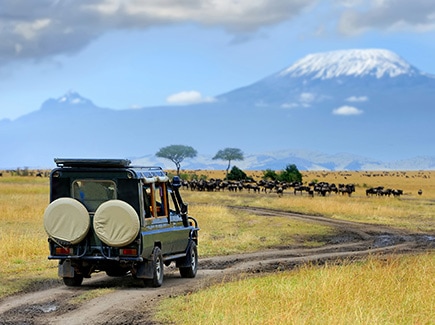
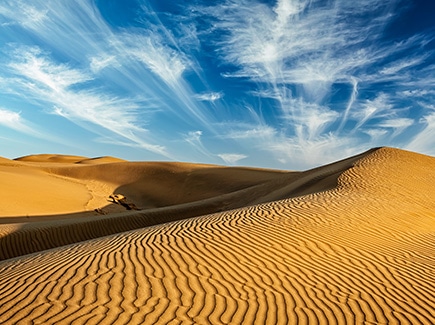








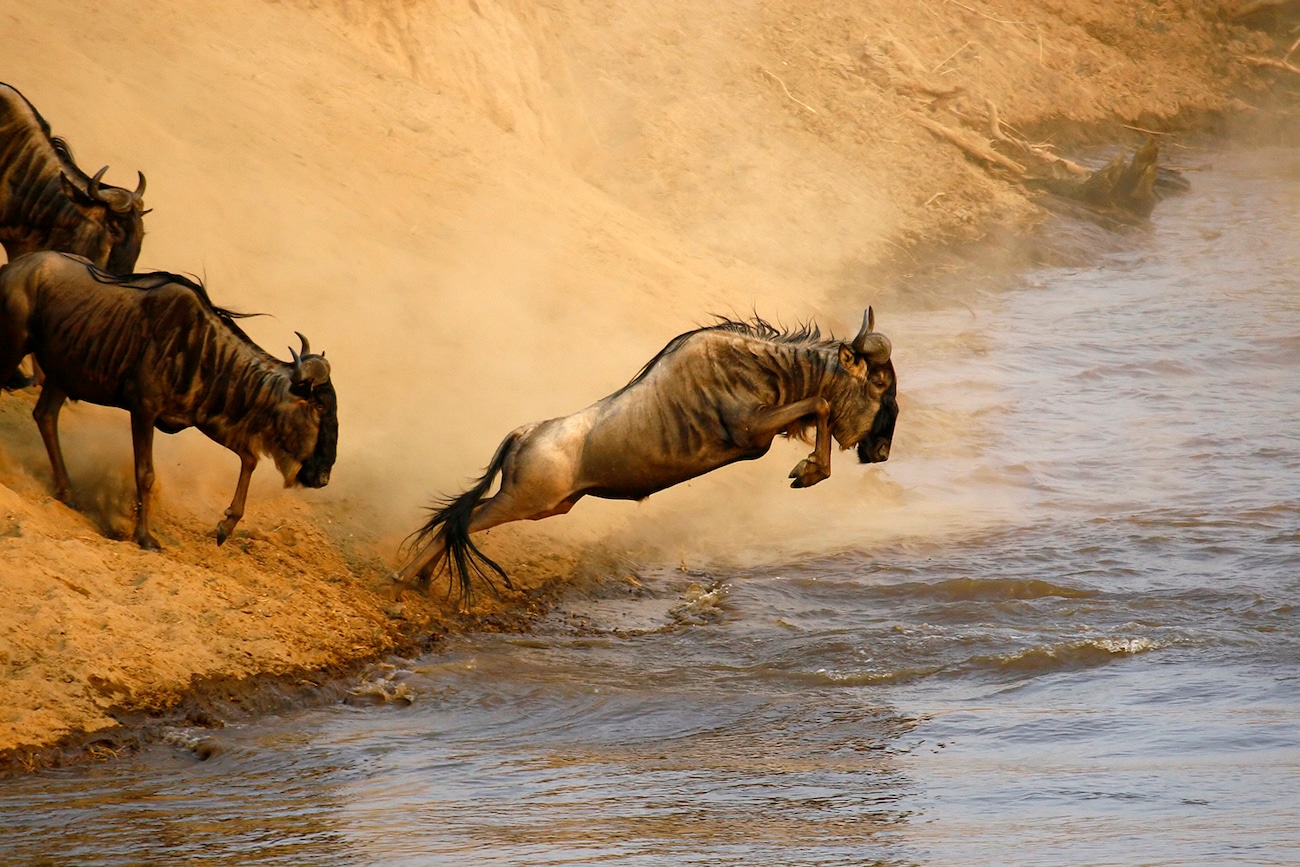



















Post your Comment
Please let us know your thoughts on this story by leaving a comment.